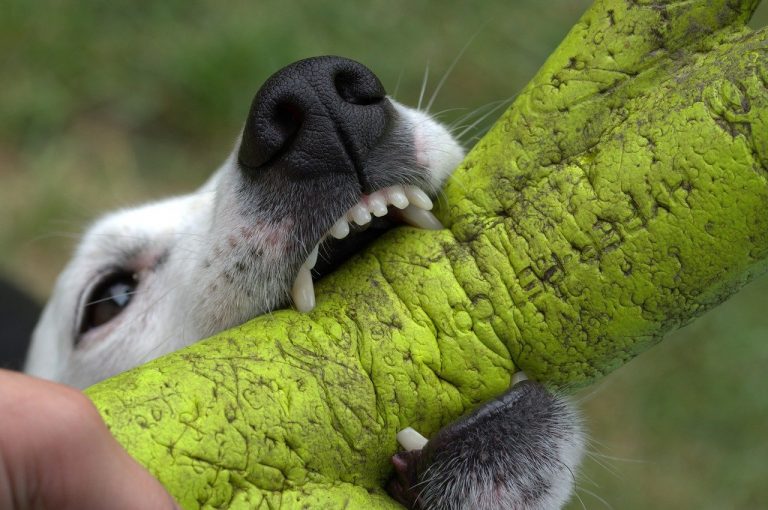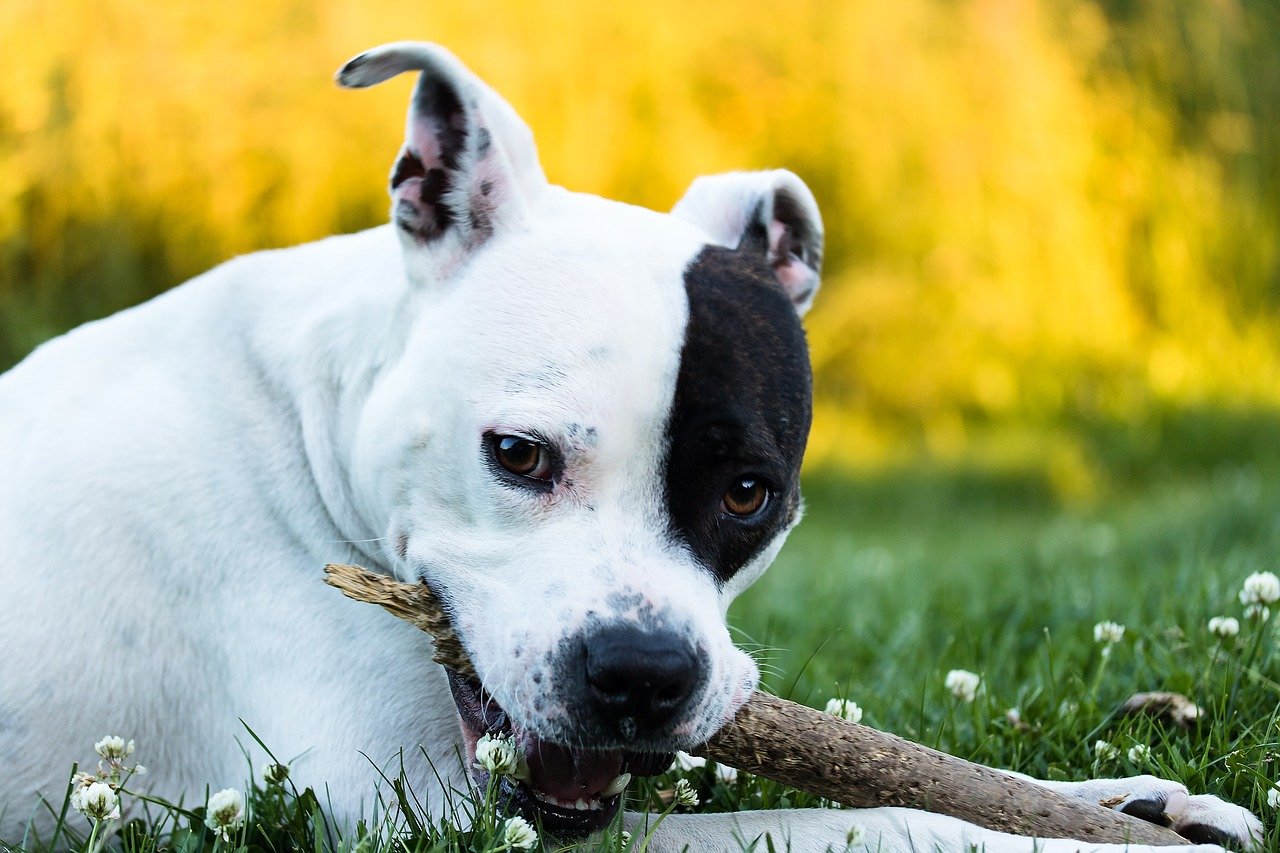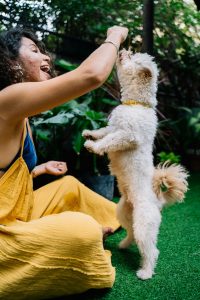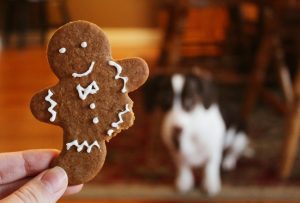Dogs bite. That is the reality. You can never stop a puppy from biting. What you can do is teach your puppy bite inhibition. What you can train your dog is to be gentle when he bites. Remember, dogs do bite to show love and affection. Every dog owner learns that puppies can bite our hand and lick it to show they love us. But for new owners, how to train bite inhibition is among the first few lessons.
Why do we teach bite inhibition?
Simple, because you cannot guarantee a behavior. You cannot guarantee your behavior. You cannot guarantee your kids’ behavior. You cannot guarantee your spouse’s behavior. So why do you think you can guarantee your dog’s behavior? The owner who thinks he can guarantee his dog’s behavior is probably overconfident. And he will look dumb one day.
When puppy biting is normal?
In the vast majority of cases, puppy biting, puppy nipping and mouthing is extremely normal. Here are they:
- Puppies explore the world with their mouth
- Puppies go through an uncomfortable teething process that can last between 2 and 3 months
- Dogs play hard with their siblings and often use their teeth to instigate play and attention
- Herding dogs are predisposed to nip, herd, and chase small and fast-moving things
- Retrievers use their mouth to pick up and hold anything and everything in their mouth, and that can include your hand and arm
What to avoid during bite training?
- Never physically punish your dog during puppy biting training
- Do not squeeze your puppy’s mouth shut
- Do not pin your dog on the back
- Never muzzle your dog to stop biting, it does not work
- Puppy biting is not a dominant behavior, you should not physically punish your dog to show him his place
- Physical punishment during bite training can create even more fear and aggression in your dog
How to teach bite inhibition?
Before we start, we have to point one thing. Work on puppy bite inhibition only when your pet is calm and you have time to play with him gently on the floor. With that in mind, you need to understand there is a difference between reactivity and damage done. Bite inhibition is what we teach to reduce the damage when the reaction comes. Your dog might react, but he might not do any damage.
Socialization and bite inhibition are two different things. There are four types of dogs. Socialized with good bite inhibition, socialized without good bite inhibition, not socialized without bite inhibition, and not socialized with good bite inhibition. The ideal puppy is socialized with good bite inhibition. But even if your dog is not socialized, and you have trained bite inhibition, the incident will go without damage.
Teaching bite inhibition is training your pet that when he uses his claws and jaws, he should not cause harm. There are four stages for how to train bite inhibition. The first two stages of bite inhibition training decrease the force of the bite and the second two stages decrease the incidence of the bite. You cannot teach it any other way around.
Think it this way, if you stop the puppy biting and decrease the incidence, do you also reduce his force in biting? Basically, you end up with a dangerous dog that you cannot know when he will react.
Stage one
Young puppies wake up, yawn, pee, and then they bite and bite. So, bite inhibition is not stopping them from biting, but teaching them to mouth.
So, during stage one, every time your young puppy hurts you, you just go “uff” and stop the play for 10 to 15 seconds. If your dog is pushy and tries to play, ignore him. You can even add a sit command if your dog knows it to get him to calm behavior. At this point you react to painful bite.
Then you continue playing until your dog hurts you again. Go “uff” again and stop play.
Stage two
Now that your dog knows that when he hurts you go “uff” and stop the play, it is time to take the process to the next level. You say “uff” at the harder bites. They do not hurt, but they give your dog an idea that he should be gentler.
During this stage, your dog should learn not to bite but only mouth you.
Stage three
At this point, your dog is mouthing you. And it is time to teach incidence. And that means your puppy cannot bite as often as he likes to.
That means teaching the dog the command “leave it”. Hold treats in one hand, give your dog a command, and wait until he backs off a little. Praise him, and then give him a treat. Or in the case of a toy, the toy to play with.
At this stage, you teach your dog that only you can initiate play sessions. For this stage, I recommend using a tug toy.
You play with the chew toy, and then you give him a command leave it. You play again, but only when you like it. Reward positive behavior. When your dog lets off the tug toy, wait for a few seconds, and initiate play again.
What to do if your dog doesn’t let the tug off? Well, simple, you stop the game for the day or a few hours. That is a huge punishment for your dog. And you do not have to physically punish him.
Stage four
Now it is time to test the patience of your dog. Again, you can use a tug toy. But this time, you tease your dog with a toy. Bring it close to your pup. Do not let your dog touch the toy, if he reaches for it, pull it back.
How to reinforce gentle behavior and mounting? When your dog doesn’t touch the toy, you put that one away and give him another to bite. This will reinforce him that playing gently with the first toy gives him a reward to play with another toy.
Continue practicing the gentle part of the play. Your dog should not rip the second toy apart. At this point, you can add the command “gently”.
By the time you finish with bite inhibition training, your dog should know off, do not touch, let’s play, and gently.
Practice good bites
At this point, your dog knows how to play with the toy and understands gently, off, and anything in between. So, what is a good bite? Well, generally speaking, a good drill might be to allow your pup to mouth the toy for 10 to 15 seconds. Then, you say off and offer a food reward.
When your dog stops mouthing, you reward him. This rewards your dog for stopping. And once he takes the reward, you can resume play for another 10 to 15 seconds. Do not make the pauses or the play sessions longer than 10 to 15 seconds.








